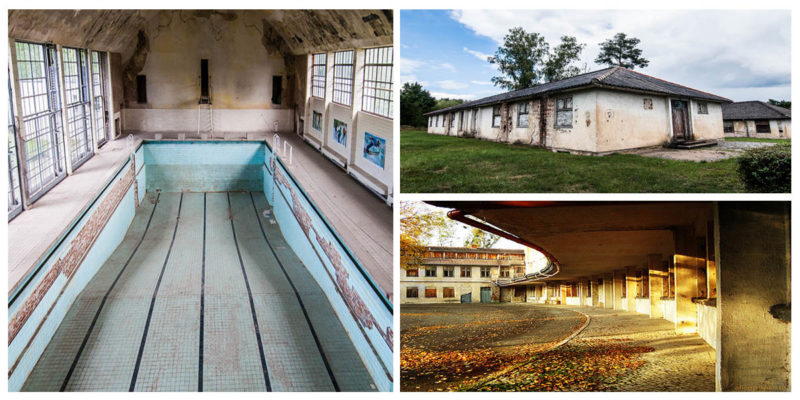If one is to use Google Earth to track down this Olympic village the coordinates for it are 52°32′10.78″N 13°0′33.20″E. Located in at Elstal in Wustermark on the western outskirts of Berlin, it was home to some 5,000 athletes during the Berlin Olympic games of 1936.
What’s special about these Olympic games is that they were the first to have live television coverage. The broadcasting was done using three different types of cameras that resulted in frequent blackouts every time a different camera got switched from one to another. The idea behind this television coverage was so that Hitler could present Germany to the World as a friend to all of the nations worldwide. Being an impressive host the 4,000 athletes that were welcomed in this picturesque village was the point behind this television coverage and inevitably behind Hitler’s propaganda.
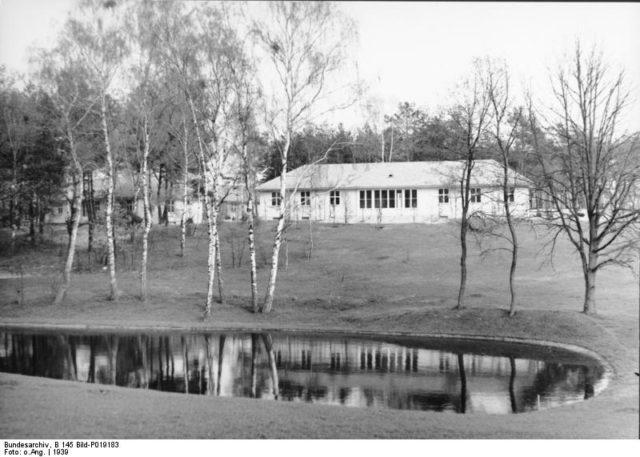
His idea was to present Germany as peacefully as possible and used the games to show the world a resurgent country led by the Nazi Party. He even went so far as to call this place the Village of peace.
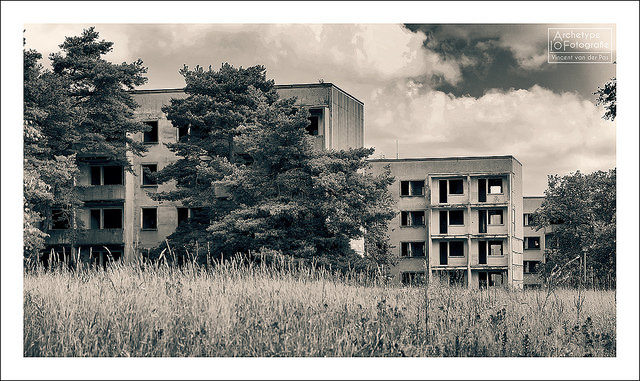
And so the world was introduced with the Berlin Olympic Village. It is situated 19 miles (30 kilometres) from the center of the city. Within its borders, the village had one- and two-floor dormitories, a large dining hall that went under the name of Dining Hall of the Nations served by separate kitchen facilities for each guest country. Next, there was the gymnasium, the swimming facility, the track, and the rest of the training facilities.
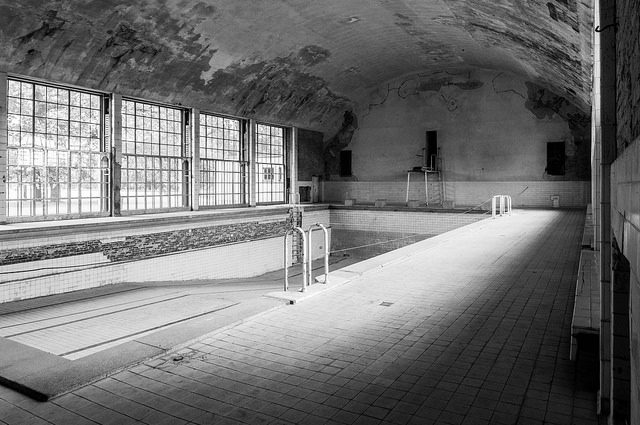
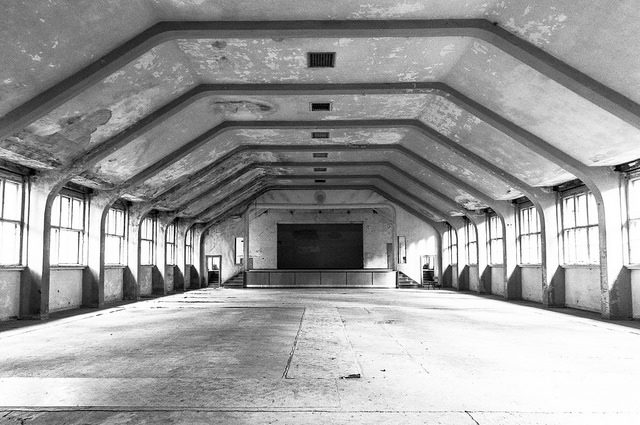
The man responsible for the design, as well as the construction, was the village commander Hauptmann Wolfgang Fürstner. And all begun It 1934. Wolfgang ran the whole operation up until the point when he was demoted to vice-commander. He was replaced by Oberstleutnant Werner von Gilsa, commander of the Berlin Guard-Regiment just two months before the official beginnings.
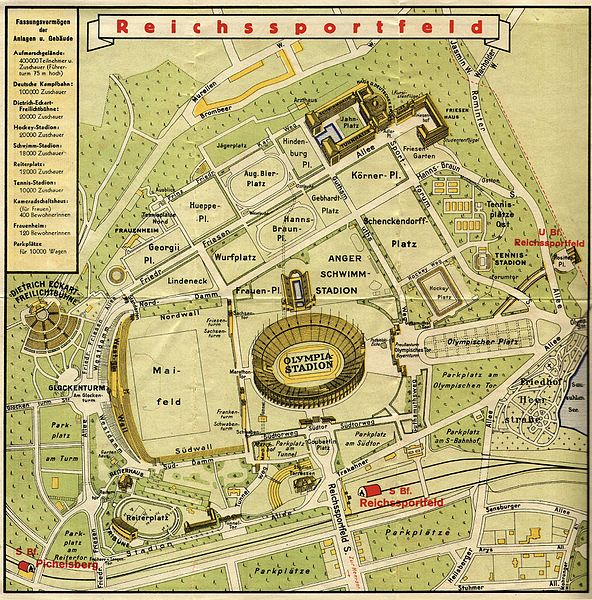
The official reason behind his demotion was that Wolfgang did nothing to prevent the damage that the 370,000 visitors made as they pass through between 1 May and 15 June. The unofficial reason is that the commander Hauptmann Wolfgang Fürstner was half Jewish. Once the Olympic games were over he was removed from the active Wehrmacht duty. Unable to accept the fact that he had no future with the Nazis, he committed suicide.
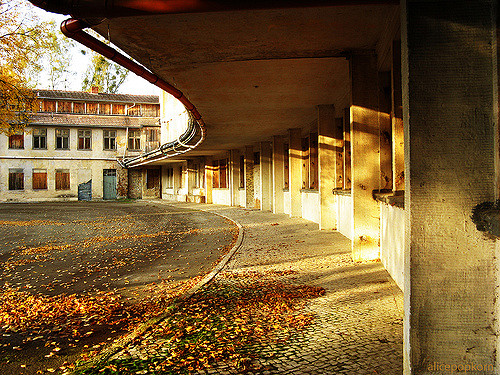
During World War Two, the Olympic Stadium was used as an underground bunker. In 1946 the British opened the stadium up and some parts were rebuilt during the 1950s. It also served as the home for the 1974 FIFA World Cup, for which the stadium had the North and South Stands covered with a roof.
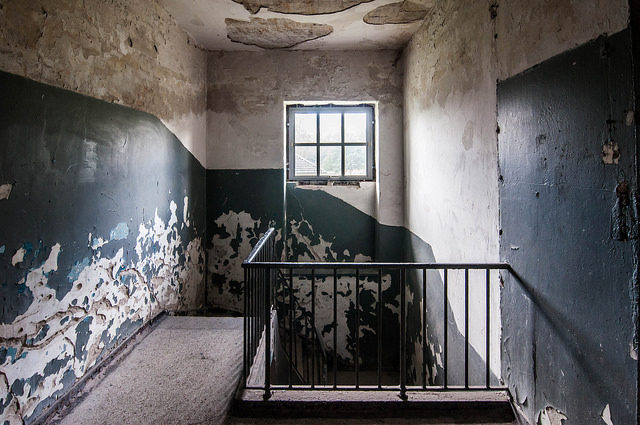
As part of this Olympic village, there is also the Avus Motor Road (AVUS) that was started way back in 1907 and was not completed until 1921 because of the First World War. It was renovated during the Olympic games of 1936. After World War Two it was used mainly for Formula 2 racing.
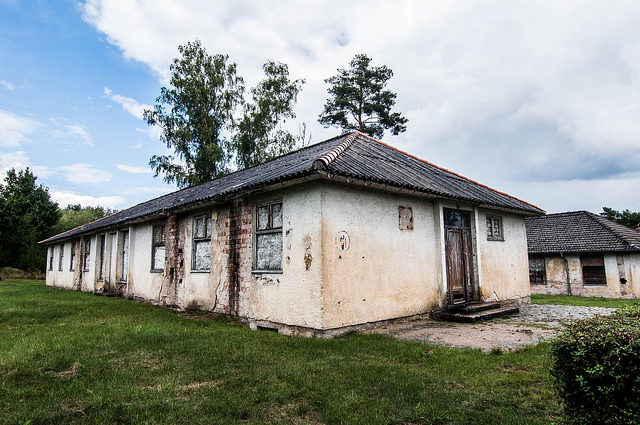
After the conclusion of the Berlin Olympics, the Village itself was repurposed for the needs of Wehrmacht (unified armed forces of Nazi Germany). At first, it served as the Olympic Döberitz Hospital and Army Infantry School.
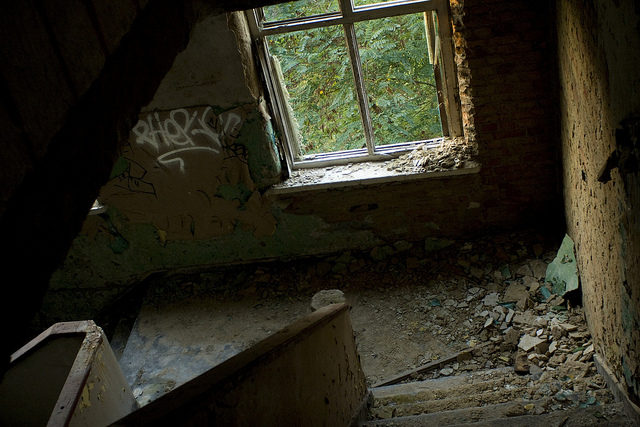
It was used as such during the whole period of the Second World War. In 1945 it was taken over by the Soviet Union for use as a military camp, remaining under Russian control until the Berlin wall came down in 1989. During the late 20th century, strong efforts were made so that some parts of the village may returned back their former glory.
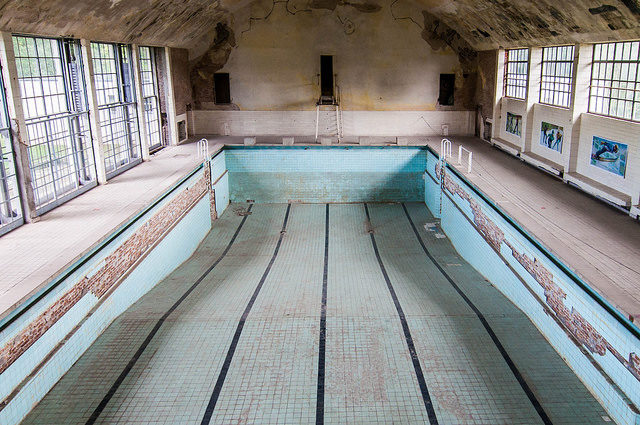
Although efforts were made almost nothing was accomplished. Today the majority of the land that belongs to the village is managed by the DKB Foundation. This foundation shows some promising results given the fact that their purpose is to turn this site into a living museum.
For example, the dormitory in which Olympic gold medalist Jesse Owens spent his days during the 1936 Games was fully restored. But not just this dormitory, the gymnasium and swimming hall were partially restored also. That fact that Jesse Owens (a black athlete completely opposite from Hitler’s Aryan race) won four gold medals was not something the future Führer liked. Even the fans of Jesse wrote to him not to claim the gold. Unfortunately, the Gestapo got hold of this letters first.
Albert Speer wrote that Hitler was highly annoyed by the series of triumphs by the marvellous coloured American runner. A part of the book Hitler, Nazi Philosophy and Sports states the following: People whose antecedents came from the jungle were primitive, Hitler said with a shrug; their physiques were stronger than those of civilised whites and hence should be excluded from future games.
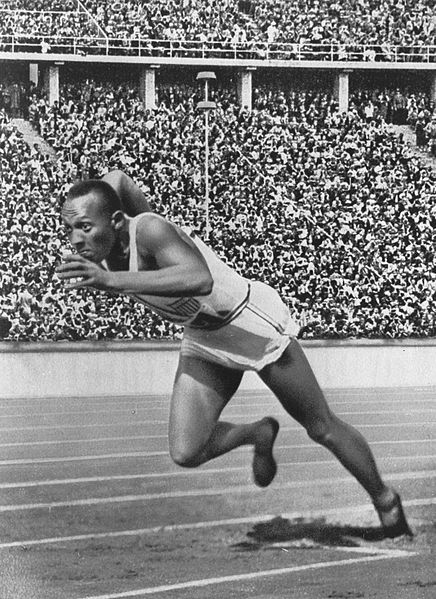
There are even tours given from time to time to small groups and students. Even though it was a site where a major event took place, it still remains a relatively unknown place in Germany. And so sometimes tournaments are held at this site in an effort to raise awareness of the venues.
A big part of this village is still in a desperate state. Abandoned and on the margins of memory, it falls even deeper between the cracks of time itself.
